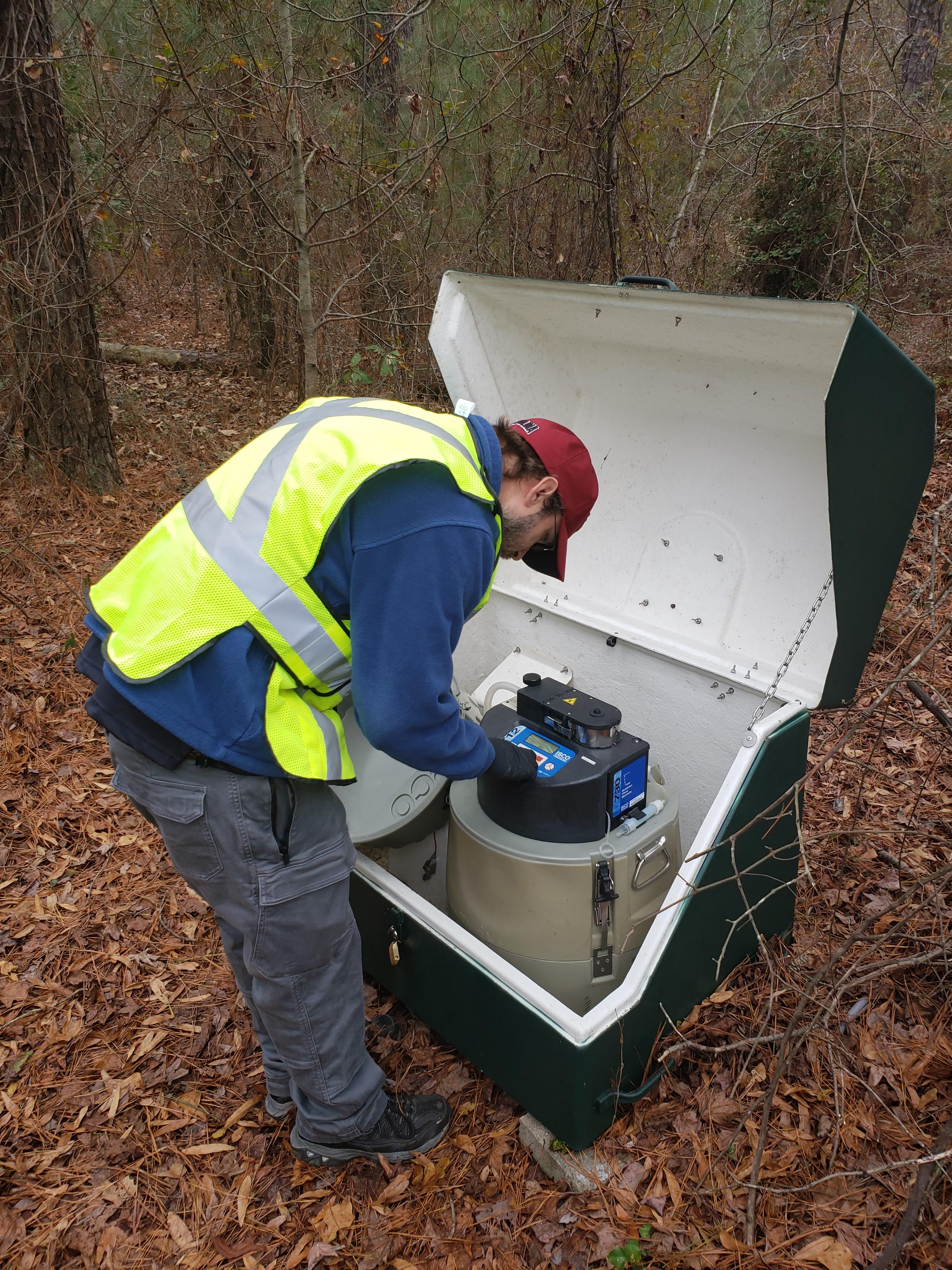Monitoring Section
The monitoring section is responsible for taking samples along county waterways. The Stormwater Management Division's water quality monitoring plan focuses on samples along impaired waterways, waters with a Total Maximum Daily Load, and sensitive waters within the County.
Water quality includes maintaining the physical, chemical, and biological integrity of water. Our monitoring programs use a comprehensive approach to identify local pollutants, monitor their levels, and use the data to target the development of Education and Public Involvement programs. By monitoring the stormwater we are able to learn which pollutants are contributing to the impairment of local waterbodies and how we can help keep stormwater clean.
As of 2015, the top five water quality issues of concern observed in our monitoring data are:
- E. Coli
- Dissolved Oxygen
- Total Phosphorus
- Lead
- Copper
View the report below to learn more about these pollutants and their sources.
Richland County Stormwater Monitoring: Pollutants, Sources, and Solutions

Wet Weather Monitoring
Wet weather samples of stormwater are collected within 12 hours of a rain event and can tell us what pollutants are being washed into waterbodies when it rains. Currently, there are 13 wet weather monitoring stations and samples are tested for 14 different pollutants.
In-Stream Water Quality Monitoring
In-stream water quality samples are a method for determining relatively constant pollutant levels in a waterbody. Samples are collected quarterly from 23 locations from a variety of sites, including impaired waterways. We are currently testing for 18 pollutants and 2 physical parameters.
Sediment Monitoring
Instead of remaining suspended in the water column or being dissolved, some pollutants settle into the substrate—or the sediment at the bottom of a waterbody. Sediment samples are collected annually from 25 waterbodies to monitor pollutants at the bottom of waterbodies. The program currently tests for 9 pollutants and 2 physical parameters.
Benthic Macroinvertebrate Monitoring
Benthic macroinvertebrates are organisms that live at the bottom of waterbodies and in the riparian vegetation. Many of these organisms are very sensitive to pollution and monitoring this aspect of the water can give us an indication of the aquatic environment's biological health. Macroinvertebrate monitoring includes biodiversity (how many different species) and species richness (how many of each species).